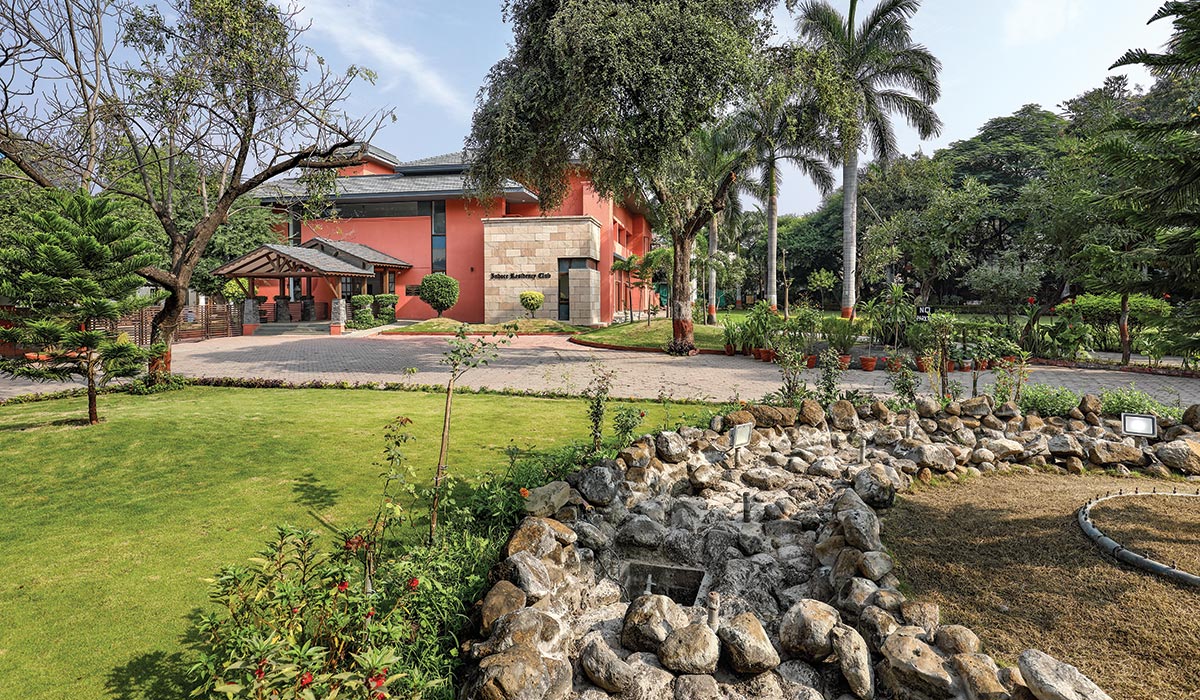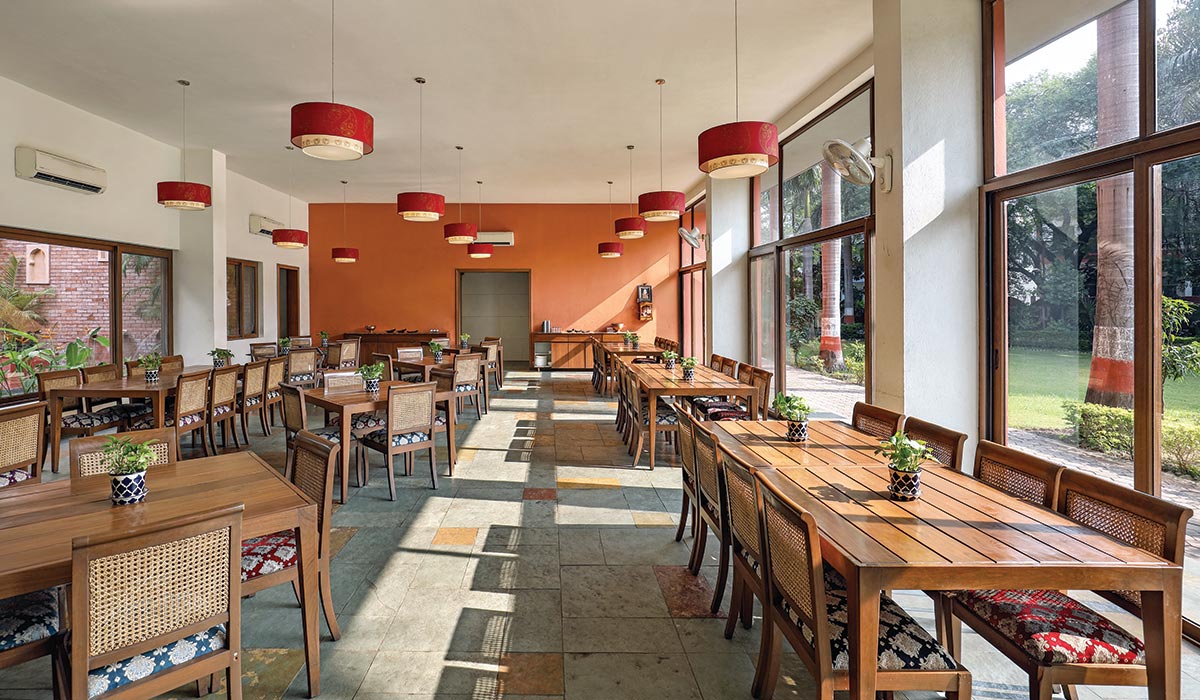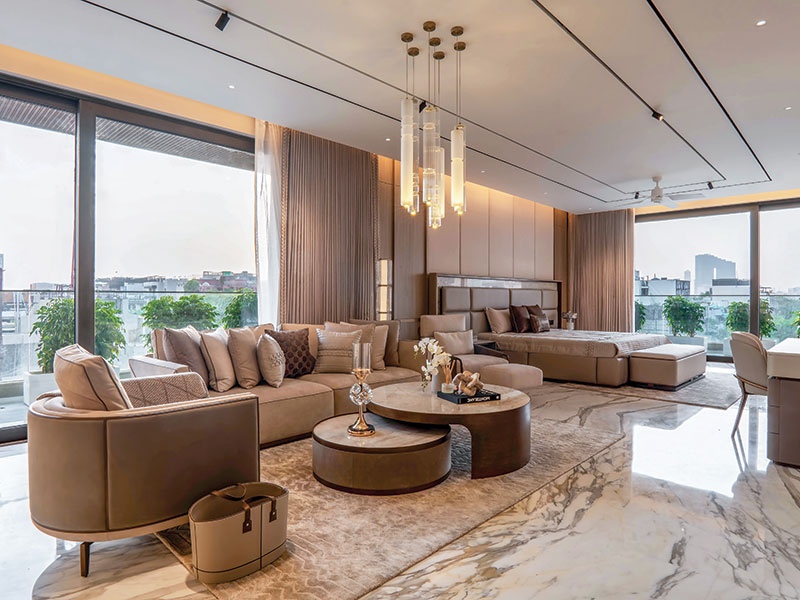
Selection of glass should be done strategically, keeping in mind the directions and the play of sunlight. Double glazed units cut down heat transmittance in the built blocks. Glass can be designed to reduce heat gain and increase light transmittance; this would reduce the air conditioning needs of the building.
Bringing in maximum natural light from the right directions and at the same time intelligently planning the artificial light source is crucial when designing a building. One should have the maximum number and bigger openings in the north side for cool daylight throughout the day. Occupancy sensors can be used to help minimize energy consumption. As regards the building’s HVAC system, the VRV with 30% fresh air is the best way to conserve energy and retain good indoor air quality.
Installation of solar panels will become more widespread with major state governments promoting use of solar energy for electricity generation, by giving subsidies. Rooftop solar panels along with net metering will become the trend. With the focus on sustainability, use of low VOC paints will become more widespread. These paints are environmentally friendly as they help reduce the building’s carbon footprint.

The root zone treatment plant is a natural substitute for the sewage treatment plant. Projects with open land around, such as townships and large housing colonies, can plan an in-house water treatment plant to treat the grey water. Specialized filters are available for filtration of rooftop rainwater, which is then collected in storm water tanks and can be used for landscaping and for flushing toilets. The overflow of storm water tanks goes to water harvesting pits. Storm water tanks are different from the underground water storage tanks. Many fixtures are available in the market for reducing water usage. These fixtures use aerators (mixing of air and water) and advanced technologies to reduce water consumption.
















